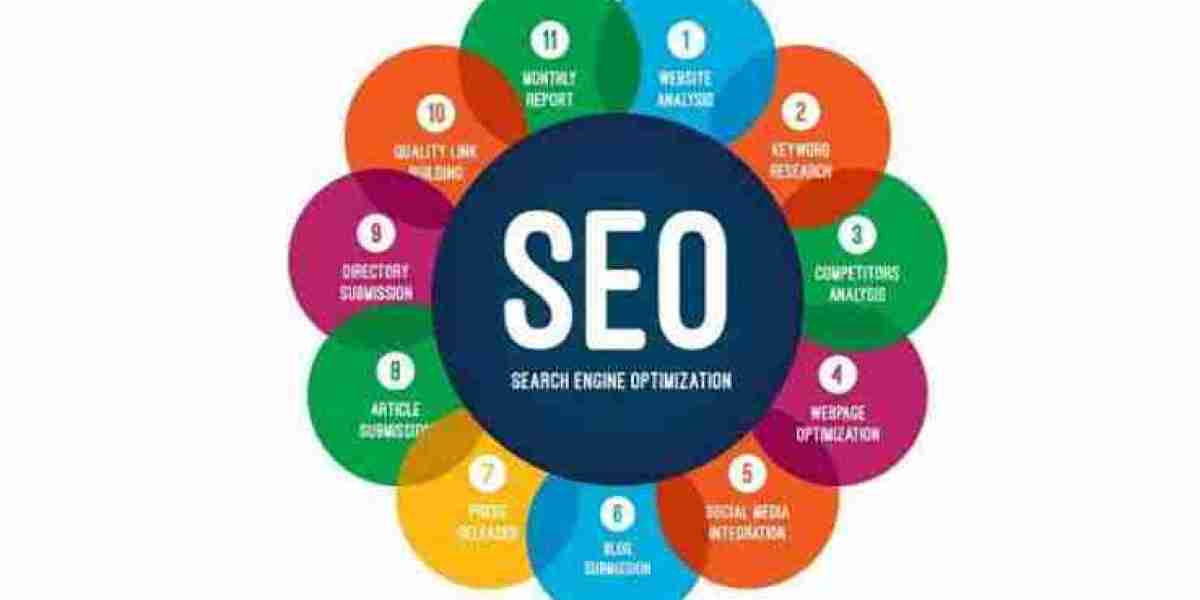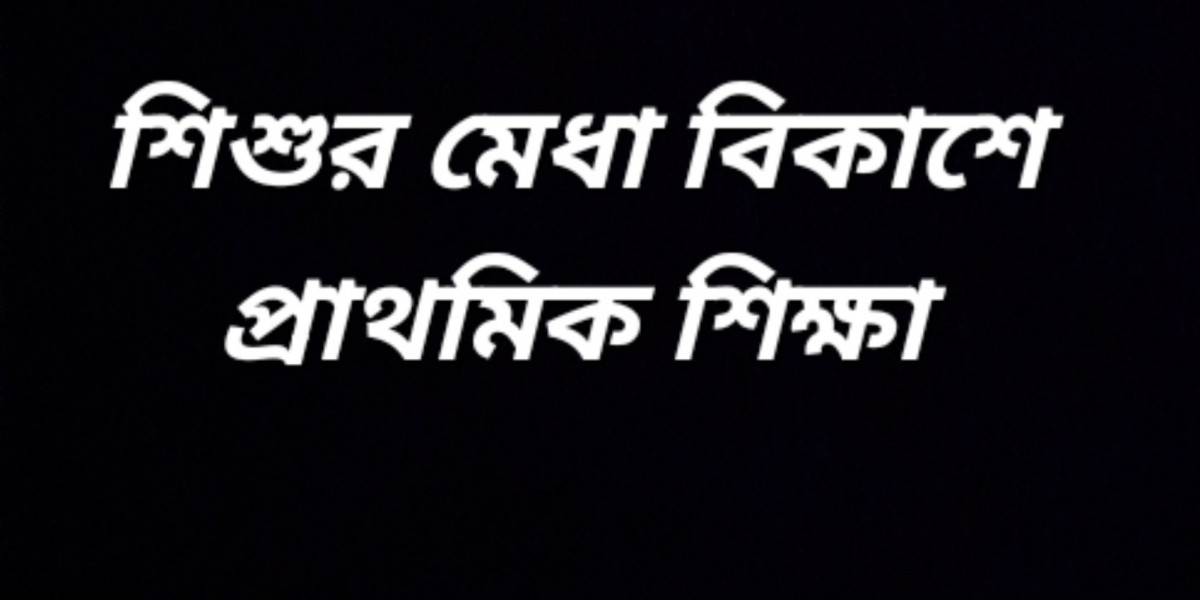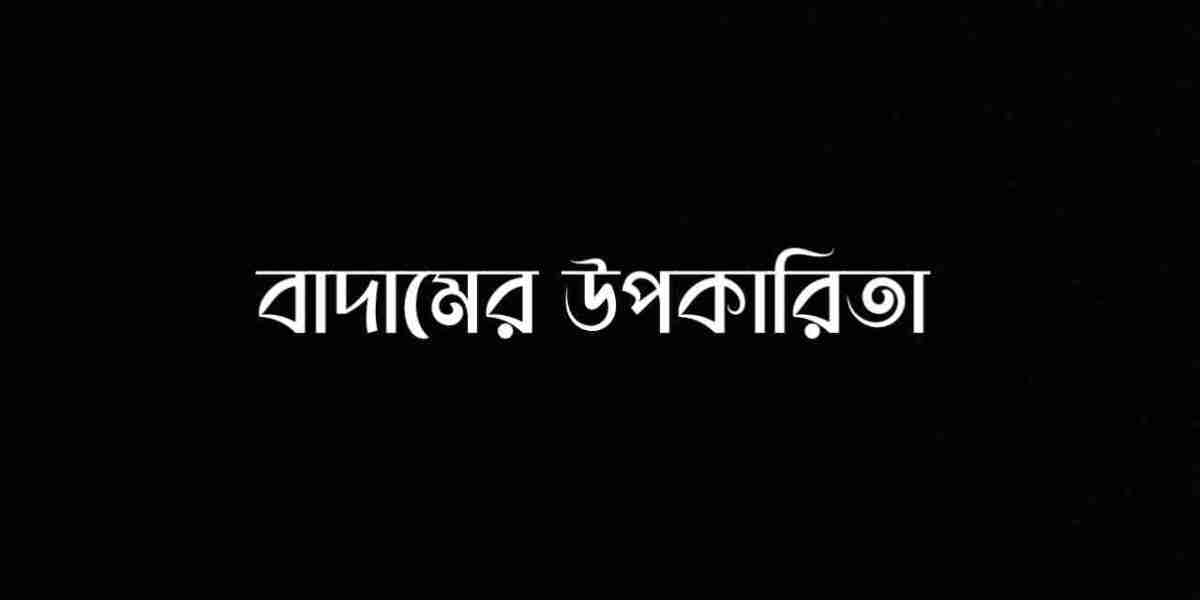Learn how to spot misinformation
September 20, 20242 Mins Read
In today's digital age, the flow of information is very fast. While much of the information found online is accurate, false or misleading information is equally prevalent. Identifying misinformation may seem difficult, but following some techniques makes it easier. Below are some ways to identify misinformation:
wrong information
1. Verifying the source of information
The first and most important step is to verify the source of the information. Find out from which source the information came. Generally, information obtained from credible media, reputable organizations or organizations' websites is more likely to be accurate. On the other hand, information from social media or unknown blogs may not be reliable. A few things to keep in mind:
Source Credibility: How reputable and reliable is the source?
Author identity: Who is the author or information provider, and how reliable are they?
Website domains: .gov, .edu, .org domains are usually reliable, but not always.
2. Checking the date of the information
The date of the information can sometimes be helpful in identifying incorrect information. Older information may not be applicable in the current context. Therefore, the time frame of any information should be verified.
3. Collecting information from different sources
Look up the same information from different sources to see if any information is correct. If several reliable sources give the same information, it is more likely to be correct. For example, information retrieved from the media, research institutes, or government websites may be accurate.
4. Using Fact-Checking Websites
There are several websites on the Internet for checking wrong information. For example:
Snopes: It is famous for verifying misleading news worldwide.
FactCheck.org: Helps verify misinformation on political and social issues.
PolitiFact: Checks the truth of political claims.
5. Be wary of unusual claims
Be suspicious of any unusual or surprising claims that seem impossible to hear or read. Such information can usually be false.
6. Verifying images and videos
Tools such as Google Reverse Image Search, TinEye etc. can be used to verify the authenticity of images or videos. Many times old pictures or videos are mixed with new events to spread confusion.
Why women's waists become wider after marriage
Checking, checking sources, and gathering information from other sources is essential to identify misinformation. Today, fact-checking tools also help with this task. It is our responsibility to consciously verify information, because wrong information can cause confusion and chaos in our society.



















































